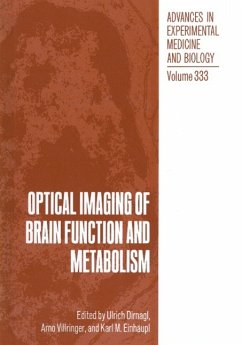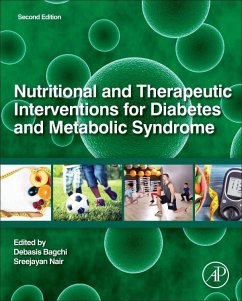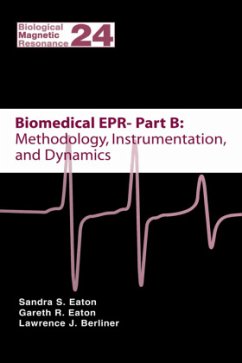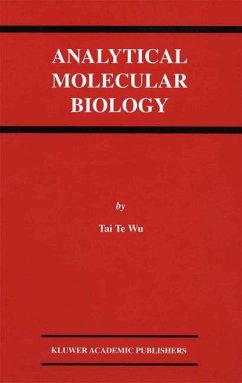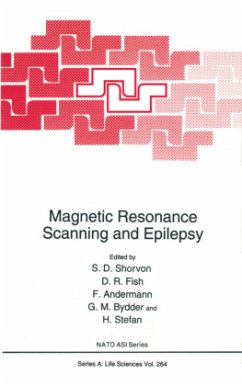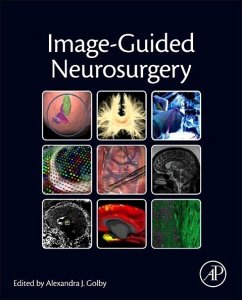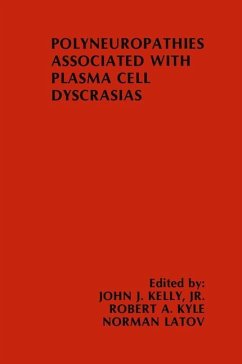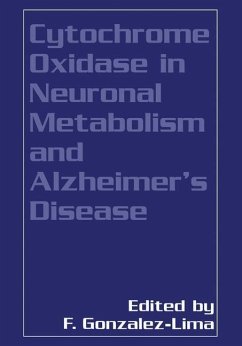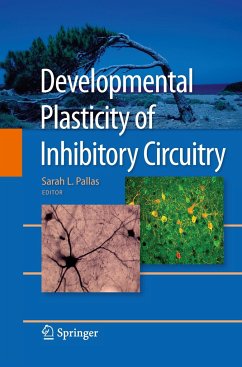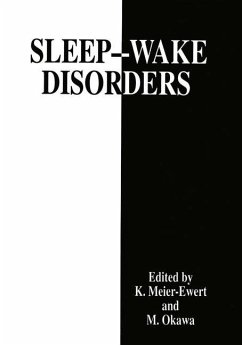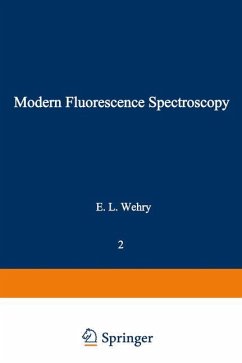
Modern Fluorescence Spectroscopy
Versandkostenfrei!
Versandfertig in 1-2 Wochen
39,99 €
inkl. MwSt.

PAYBACK Punkte
20 °P sammeln!
The principles of fluorescence spectroscopy are by now well established, and, after a rather lengthy gestation period, the technique is now routinely applied to a broad spectrum of problems, ranging from mechanistic photo chemistry to chemical analyses in biomedical and environmental systems to probes of structure and function in biological macromolecules. Phosphor escence spectrometry and chemiluminescence are also well-known tech niques; they are somewhat less well established than fluorescence (at least in analytical chemistry), but they too are receiving greatly increased appli cation to b...
The principles of fluorescence spectroscopy are by now well established, and, after a rather lengthy gestation period, the technique is now routinely applied to a broad spectrum of problems, ranging from mechanistic photo chemistry to chemical analyses in biomedical and environmental systems to probes of structure and function in biological macromolecules. Phosphor escence spectrometry and chemiluminescence are also well-known tech niques; they are somewhat less well established than fluorescence (at least in analytical chemistry), but they too are receiving greatly increased appli cation to both laboratory and "real" problems. This is not to imply that luminescence spectroscopy, viewed in its broadest sense, is a static field. In fact, recent advances in instrumentation make it feasible to apply fluorescence to problem areas in which its use five years ago would have been unthinkable. Advances in hardware generate advances in application, and very significant progress is being recorded in the application of fluorescence (and its close relatives, phosphorescence and chemiluminescence) in the biochemical, biomedical, and environmental spheres.



